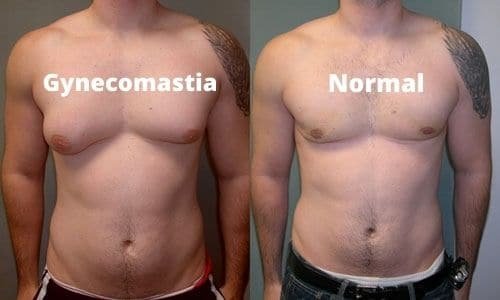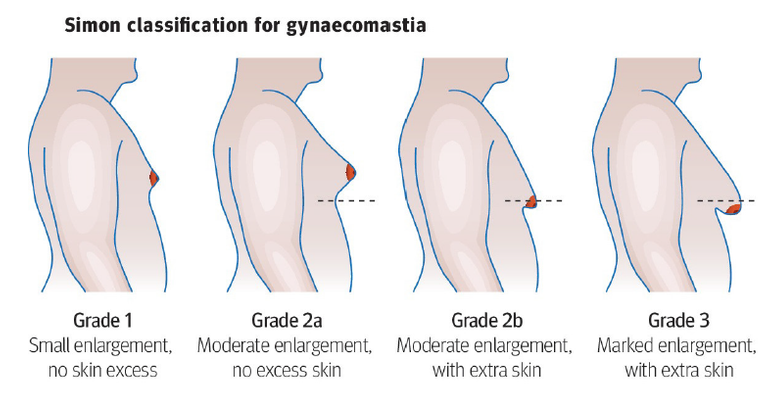Hello and good day to all the roots of the STEM, today I will be discussing a topic that is often considered taboo and ignored in conversations. It's a condition that many men shy away from talking about due to concerns about their dignity and potential embarrassment. The topic is Gynaecomastia.
Yes, you heard it right! Gynaecomastia is a common condition where a man's chest enlarges and takes on a shape resembling breasts, often referred to as "man boobs." It can affect one or both breasts, causing discomfort, tenderness, and swollen nipples.
The main underlying cause of gynaecomastia is a hormonal imbalance between estrogen and testosterone. Estrogen, typically associated with females, stimulates breast tissue growth, while testosterone, a male hormone, inhibits it (also involved in sperm production). When estrogen levels rise and testosterone levels decrease, male breast tissue enlarges. Gynaecomastia often occurs during puberty and tends to resolve on its own within a few years.
Gynaecomastia can also develop with age, as testosterone levels decrease while estrogen levels remain the same or increase, resulting in puffy nipples. Additionally, the use of steroids and certain medications by athletes and gymnasts to enhance muscle growth, stamina, and energy can contribute to gynaecomastia. Certain disorders and tumors related to the liver and kidneys, as well as hypogonadism, hyperthyroidism, and obesity, can also cause gynaecomastia. Psychiatric medications, such as those used for anxiety and depression, can sometimes lead to breast enlargement as a side effect.
How can we recognize it?
Signs of gynaecomastia include swelling in the chest area, enlarged breasts, and swollen nipples. The breast tissue may feel firm and rubbery. The condition can cause pain, discomfort, and sensitivity in the chest. Gynaecomastia can occur unilaterally or bilaterally, often in a symmetrical manner. However, if there is asymmetry, it may indicate a different condition requiring further evaluation by a surgeon.
It is common for people to mistake pseudogynaecomastia for gynaecomastia, which leads them to avoid seeking medical advice and think that exercise and workouts will resolve the issue. Pseudogynaecomastia is a condition where there is an accumulation of fat without glandular enlargement. This can be addressed through fat burning techniques, whereas gynaecomastia requires proper treatment. Sometimes, individuals may worry that gynaecomastia is cancerous due to its similar appearance to breast lumps. To confirm the absence of cancerous cells, an ultrasound and mammogram can be conducted.
What’s the possible treatment for it?
While many cases of gynaecomastia resolve on their own over time, some may require treatment. Surgery is often the preferred option over medications, which may have side effects. Healthcare professionals may prescribe medications like anti-estrogens or those that promote testosterone production under their guidance.
For those whose lives and mental health are affected by gynaecomastia, leading to embarrassment in social gatherings and public situations, and ultimately impacting their self-esteem and causing depression and anxiety, surgery may be the best option. Lifestyle changes, such as weight loss and regular exercise, may also be recommended.
However, it is essential to consult a professional knowledgeable about gynaecomastia who can accurately diagnose whether it is pseudogynaecomastia or gynaecomastia and provide appropriate suggestions and the best possible treatment options.
Thanks for coming around.



